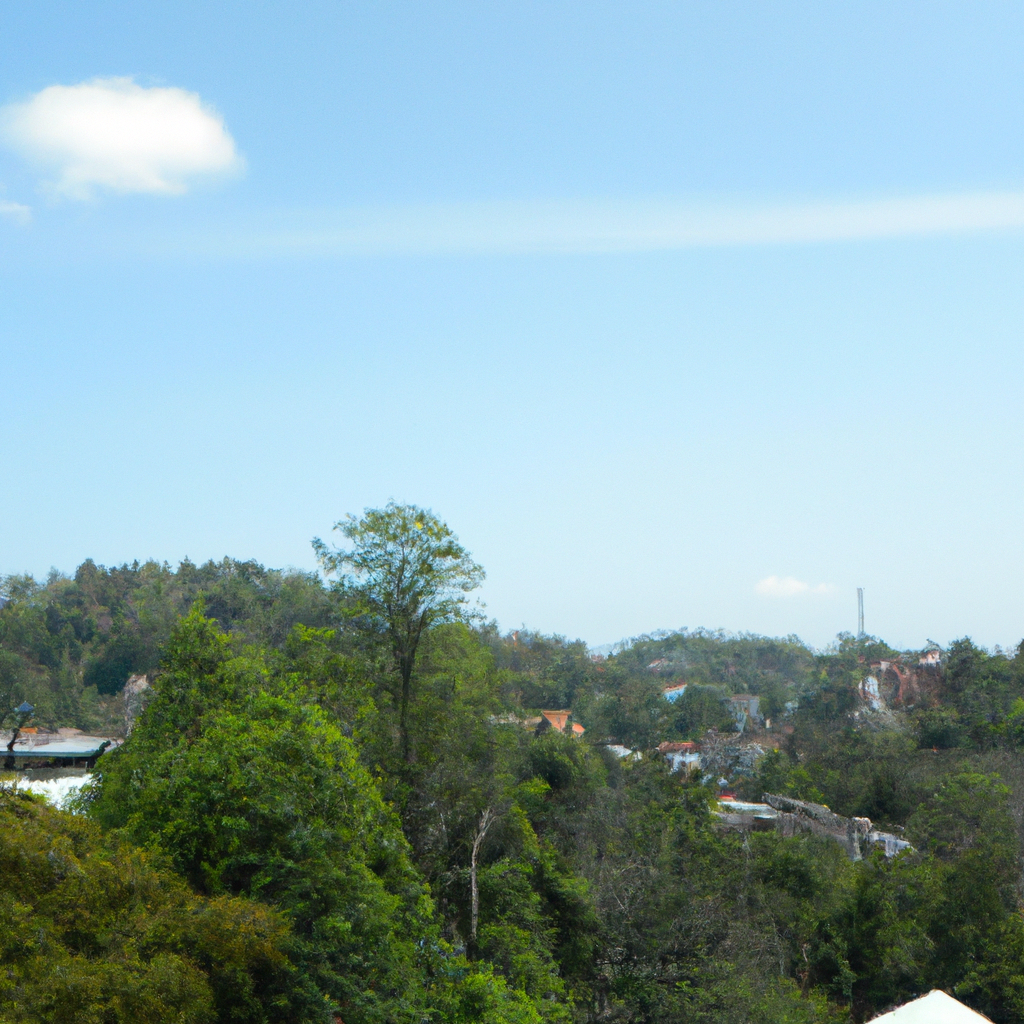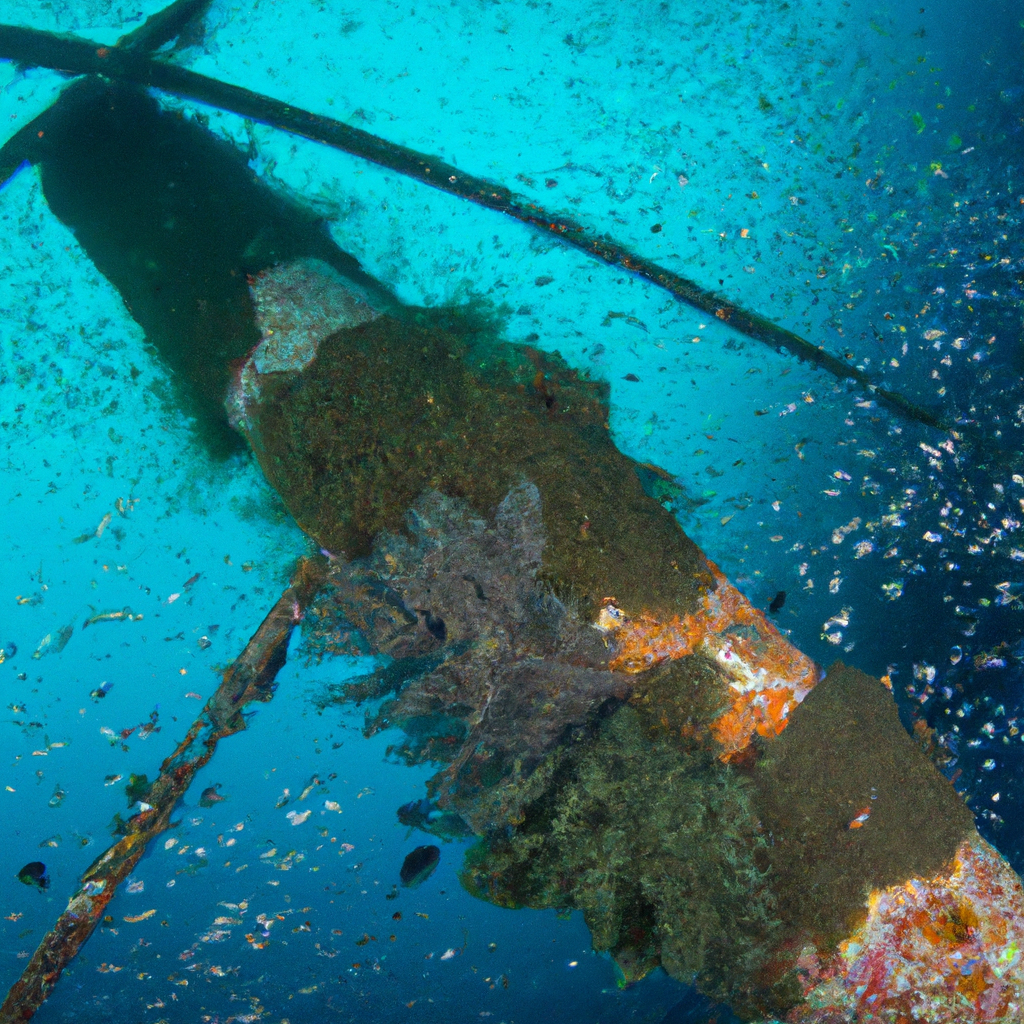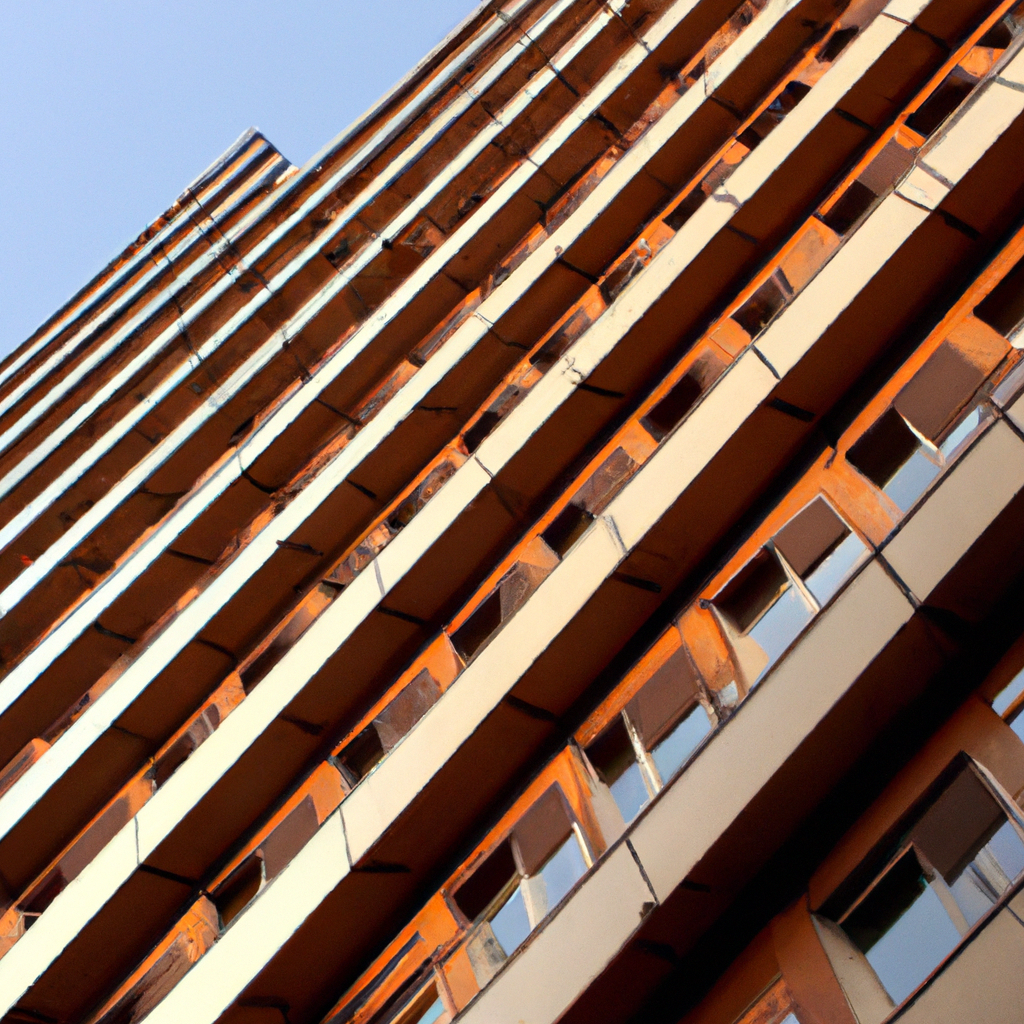Understanding the Transformation of Urban Landscapes through Microforests
As urban areas expand, the need for sustainable green spaces becomes increasingly critical. Many readers may wonder, how microforests are transforming urban landscapes? This innovative approach to urban forestry not only enhances biodiversity but also improves air quality, mitigates urban heat, and promotes community engagement. In this post, we will explore common questions surrounding microforests and their impact on urban environments.
What Exactly is a Microforest?
A microforest is a small, densely planted forest designed to mimic natural forest ecosystems. Typically, these forests occupy less than a quarter of an acre and are composed of native tree species and undergrowth plants. By focusing on biodiversity and ecological health, microforests create a mini-ecosystem that supports local wildlife while also providing benefits to human populations. This approach allows urban areas to reclaim green space, offering a refreshing contrast to concrete landscapes.
How Do Microforests Benefit Urban Areas?
Microforests offer numerous benefits to urban areas, including:
- Improved Air Quality: Trees absorb carbon dioxide and release oxygen, significantly improving air quality in densely populated areas.
- Urban Heat Mitigation: By providing shade and releasing moisture through transpiration, microforests help lower urban temperatures, combating the heat island effect.
- Biodiversity Enhancement: Microforests serve as habitats for various species, promoting biodiversity in urban settings where natural habitats are diminishing.
- Community Engagement: These green spaces can serve as community hubs, offering educational opportunities and a place for residents to connect with nature.
What Types of Trees Are Typically Planted in Microforests?
Microforests often focus on native species that are well-adapted to the local environment. The selection of trees usually includes:
- Deciduous Trees: Species such as oaks, maples, and birches are commonly planted for their seasonal beauty and ecological benefits.
- Evergreen Trees: Pines and spruces provide year-round greenery and habitat for birds and other wildlife.
- Flowering Trees: Trees like cherry or magnolia not only enhance aesthetics but also attract pollinators.
By using native species, microforests promote resilience and adaptability in urban ecosystems.
How Are Microforests Established in Urban Areas?
The establishment of microforests typically involves several key steps:
- Site Selection: Identifying suitable locations, often overlooked or underutilized spaces, in urban areas.
- Community Involvement: Engaging local residents and stakeholders to foster a sense of ownership and responsibility.
- Planting: Installing a diverse range of native species, ensuring proper spacing and soil preparation to encourage healthy growth.
- Maintenance: Implementing ongoing care, including watering, weeding, and monitoring the health of the microforest.
What Challenges Do Microforests Face?
Despite their benefits, microforests encounter several challenges:
- Urban Development: The constant pressure of urban growth can threaten the existence of microforests.
- Maintenance: Ongoing care is essential, and without community support, microforests may struggle to thrive.
- Pollution: Urban pollution can adversely affect the health of trees and other plants in microforests.
Addressing these challenges requires collaboration between local governments, organizations, and communities.
What Are the Future Prospects for Microforests in Cities?
The future of microforests in urban landscapes looks promising. As cities increasingly recognize the importance of green spaces, microforests are likely to become a vital part of urban planning. They can serve as a template for sustainable development, integrating nature into the urban fabric. Additionally, advancements in soil science and horticulture will continue to improve the success rates of these initiatives.
Additional Questions to Consider
Can Microforests Help Combat Climate Change?
Yes, microforests can play a significant role in combating climate change. By sequestering carbon dioxide, they contribute to reducing greenhouse gases in the atmosphere. Furthermore, they help cool urban areas, reducing energy consumption for air conditioning and mitigating the urban heat island effect.
Are Microforests Suitable for All Urban Areas?
Microforests can be established in most urban areas, but their success depends on local conditions such as soil quality, climate, and community support. It’s vital to conduct thorough assessments before implementation to ensure the chosen site is suitable for a microforest.
How Can Individuals Get Involved in Microforest Initiatives?
Individuals can get involved in microforest initiatives by participating in local community groups focused on urban greening projects. Volunteering for planting days, donating to local environmental organizations, or advocating for urban green spaces can significantly contribute to the growth and sustainability of microforests.
Summarizing the Importance of Microforests in Urban Landscapes
Understanding how microforests are transforming urban landscapes is essential for promoting sustainable living and enhancing our quality of life. These small yet impactful ecosystems provide numerous benefits, from improving air quality to fostering community engagement. As cities evolve, integrating microforests into urban planning will be crucial for creating healthier and more resilient environments.
If you have more questions about microforests or their role in urban landscapes, feel free to share your thoughts and inquiries. Together, we can explore the potential of these small forests to reshape our cities for the better.






